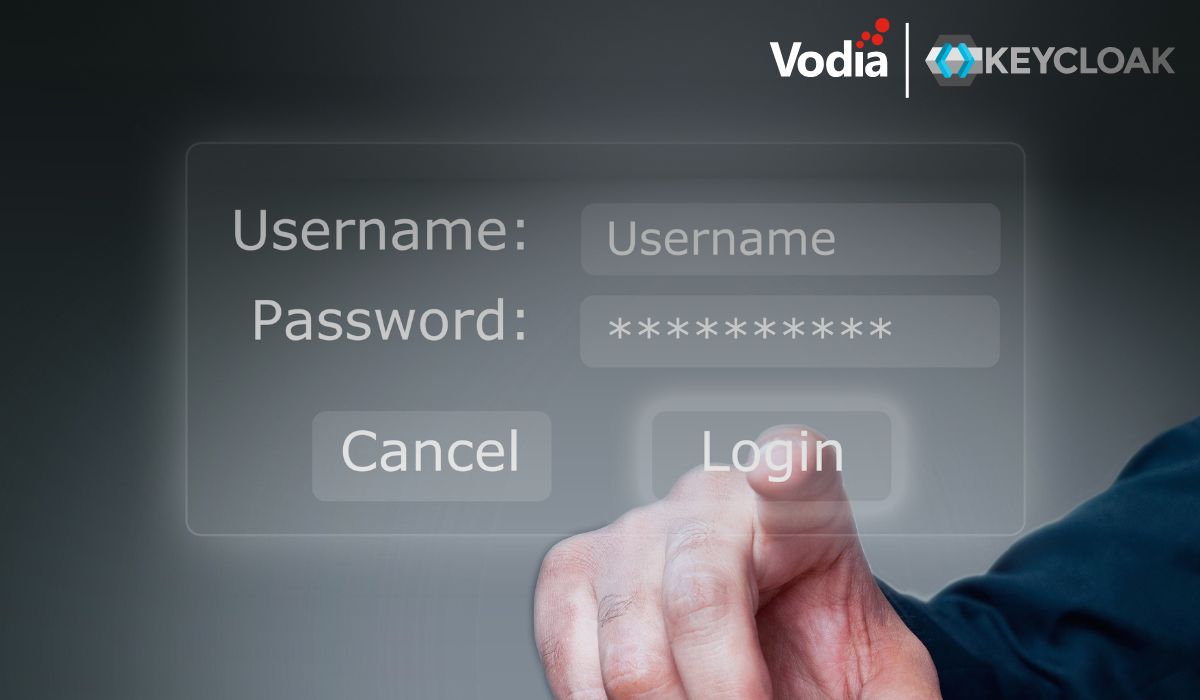Network Address Translation (NAT) was a hack becasue most of us just get one IPv4 IP address from our provider. SIP was purposely defined NAT-unfriendly to promote the use of IPv6 networks. While we have been waiting for IPv6 to become mainstream for more than a decade now, we have to deal with this reality.
For the SIP phones the Vodia PBX has a logic we call a “mini-session border controller”. It detects when a device runs on a network address that's not routable and then ignores the SIP routing information in it. While this makes our life easier with endpoints, we recently found out life isn't so simple with gateways if they are behind NAT. Here is the setup:
A PSTN gateway runs on a private IP address. On the firewall, the SIP port was forwarded to the private IP address of the gateway so the PBX can send SIP INVITE to the gateway. On the gateway, the outbound proxy is set to the PBX, which runs on a public IP (e.g., on a hosted PBX like the one on our http://hostedi.am).
The problem is this: when the PBX sends an INVITE to the gateway, the gateway responds with its private IP address in the routing headers. In SIP, the UAC (the PBX) is supposed to update the routing information, and there the communication breaks. The PBX can't send the ACK request to the gateway, and the call setup eventually times out.The solution we will introduce in version 5.1.3 is another trunk flag. It will have the name “Don't accept SIP routing changes in dialog” and it does what it's name says: when the PBX receives a response, it sticks to the original destination and doesn't update the route. Because the PBX advertises an address for the media that's routable for the gateway, it will start receiving media from the gateway, and that’s where it sends the media back. Fortunately, most gateways did not follow the IETF proposal to use different ports for sending and receiving, so this also works when the gateway is behind NAT.
This new setting has the potential to render the dial plan feature to send calls to a registered extension obsolete. Instead of registering the gateway to the PBX, the firewall just needs to forward the requests to UDP port 5060 to the gateway. Of course, other ports than 5060 can be easily used. If the public IP address of the local network keeps changing, services like dyndns can help directing the PBX to the right location.
Another workaround for NAT. I can’t wait until IPv6 becomes widely available.
.svg)





